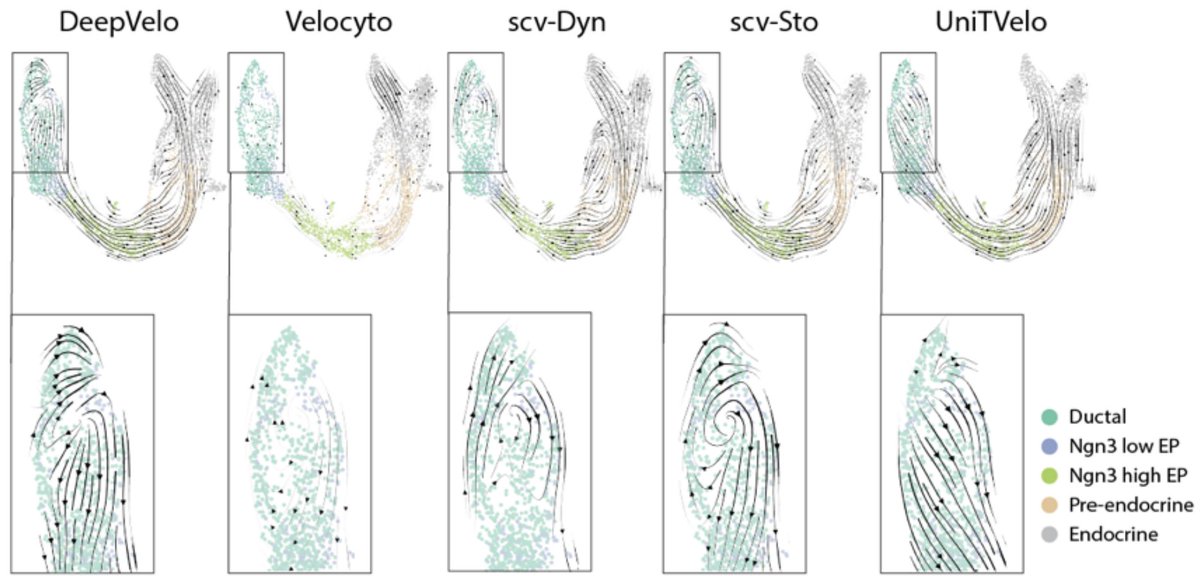Trump was administered REGN-COV2 by compassionate use request. "...this type of compassionate use..is..intended for patients with serious or life-threatening conditions who do not have any viable or available treatment options..." investor.regeneron.com/static-files/f…
The only published evidence on effectiveness of REGN-COV2 so far is a preprint that showed "REGN-COV2 reduced the amount of virus and associated damage in the lungs of non-human primates." It was tested in rhsesus macaques and hamsters. biorxiv.org/content/10.110…
A recent descriptive analysis of the ongoing trial shows "..a 0.51 log10 copies/mL greater reduction (p=0.0049) in patients treated with high dose, & a 0.23 log10 copies/mL greater reduction (p= 0.20) in patients treated with low dose, compared to placebo" investor.regeneron.com/news-releases/…
"Among the first 275 patients, approximately 56% were Hispanic, 13% were African American and 64% had one or more underlying risk factors for severe COVID-19, including obesity (more than 40%). On average, patients were 44 years of age."
Here's what @EricTopol has to say about REGN-COV2: "There’s nothing bad about these results, you just can’t say much about how transformative this is going to be." He warned that the data so far should not be enough for the @US_FDA to grant an EUA. statnews.com/2020/09/29/reg…
• • •
Missing some Tweet in this thread? You can try to
force a refresh



















